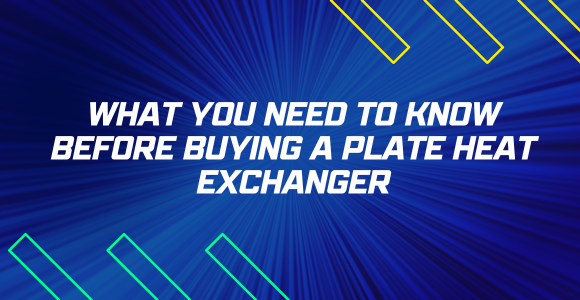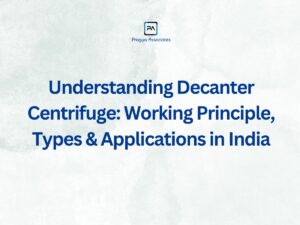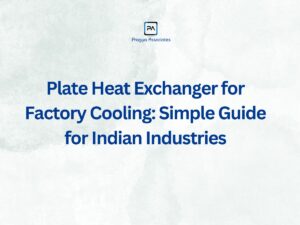Plate heat exchangers are a type of heat exchanger that consists of a series of plates. These plates are usually made from stainless steel and arranged in such a way that there are two passages between each plate. One passage is for the hot fluid, while the other is for the cold fluid. As the fluids pass through these passages, they exchange heat until they reach equilibrium.
Plate heat exchangers are often used in industries where fluids need to be heated or cooled quickly, such as in chemical plants or food processing facilities. They are also commonly used in HVAC systems to exchange heat between indoor and outdoor air.
You might feel a little overwhelmed if you’re in the market for a plate heat exchanger. With all the different brands, models, and sizes, it’s tough to know where to begin. There are many options on the market for finding the right heat exchanger for your business. It can be tough to know which route to go, and often the most popular option isn’t necessarily the best for your needs.
Never fear! This blog post will look at plate heat exchangers—what they are, how they work, and the pros and cons of using them. By the end, this handy guide will help you figure out exactly what you need to know before buying a plate heat exchanger.
Plate heat exchangers are often used in industries where fluids need to be heated or cooled quickly, such as in chemical plants or food processing facilities. They are also commonly used in HVAC systems to exchange heat between indoor and outdoor air.
You might feel a little overwhelmed if you’re in the market for a plate heat exchanger. With all the different brands, models, and sizes, it’s tough to know where to begin. There are many options on the market for finding the right heat exchanger for your business. It can be tough to know which route to go, and often the most popular option isn’t necessarily the best for your needs.
Never fear! This blog post will look at plate heat exchangers—what they are, how they work, and the pros and cons of using them. By the end, this handy guide will help you figure out exactly what you need to know before buying a plate heat exchanger.
1. What TYPE of plate heat exchanger do I need?
There are three main types of plate heat exchangers: gasketed, semi-welded, and fully welded. Gasketed is the most common type used in industries and manufacturing plants. Semi-welded is growing in popularity due to its compact size and ability to handle high pressures. Fully welded is typically used in specialized applications that require extremely high temperatures and pressures.
2. What SIZE plate heat exchanger do I need?
It will depend on your specific application. You’ll need to consider factors like flow rate, temperature differential, pressure drop, etc. The good news is that most manufacturers have sizing tools on their websites that can help you select the perfect size for your needs.
3. What BRAND of plate heat exchanger should I buy?
There are dozens of brands, so this is a personal preference. Research and read online reviews to get an idea of which brands have a good reputation for quality and customer service. Once you’ve narrowed it down to a few options, request quotes from each to compare prices.
Now that we’ve covered what plate heat exchangers are and how they work, let’s take a look at some of the pros and cons of using them:
PROS:
CONS:
- Plate heat exchangers can be expensive to purchase upfront.
- They also require regular cleaning to prevent fouling, which can add to your maintenance costs over time.
There you have it! You need to remember these three main things when shopping for a plate heat exchanger. By asking yourself these questions beforehand, you’ll be sure to choose the right model for your needs—and save yourself a lot of headaches in the process. Plate heat exchangers offer many benefits, but they might not be the right choice for everyone. A plate heat exchanger might be worth considering if you’re looking for an efficient and versatile option. However, if you’re on a tight budget, you might want to explore some of the other options in the market.




